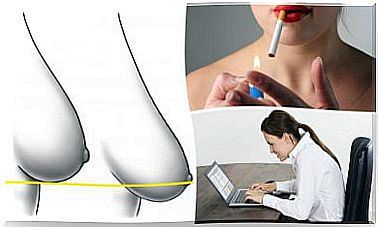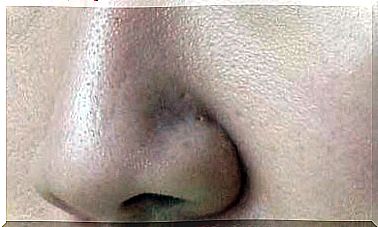Spinal-injured Monkeys Walk Again Thanks To A Wireless Chip
Although there are still a few years to prove that this advance can be applied to humans, it is a turning point in terms of spinal cord injury
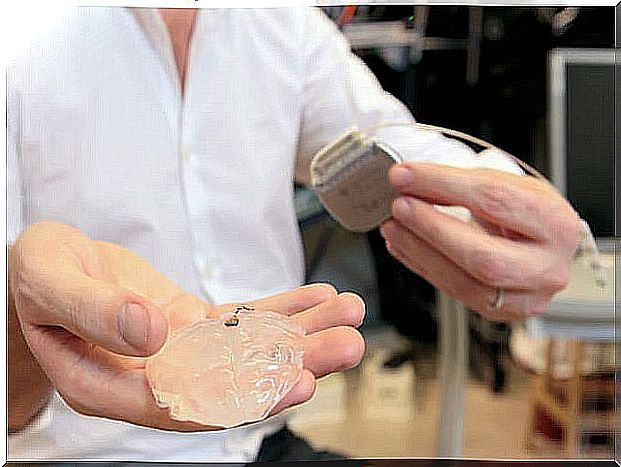
It is no secret to anyone that wireless connections have revolutionized the world. In fact, they have become strong influencers of advances in technology, also when it comes to injury. A wide variety of everyday activities can now be carried out with the minimum effort of pressing a button.
The most surprising thing is that it is only beginning to be implemented in medicine. However, everything indicates that in the future it will play a relevant role. Thus, a group of scientists has taken advantage of these advances and developed a wireless communication system. It is capable of restoring lower limb movement in monkeys with recent spinal cord injuries.
With the flick of a small switch, the experts got the affected primates to walk again. But, in turn, they opened the possibility that, in the future, it can be applied to human beings. The most interesting thing about this method is that it is not intended to cure the injury itself, but to treat it and obtain a movement response without the need for external elements.
A wireless chip that connects brain and limbs
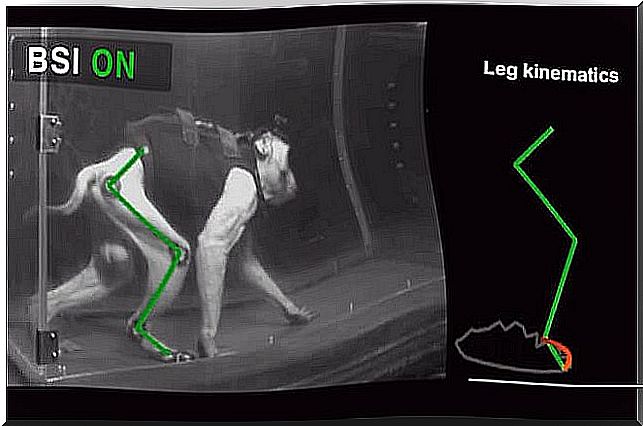
The work carried out by a group of experts from the Federal Polytechnic School (EPFL), in Lausanne (Switzerland), in collaboration with the firm Medtronic (Ireland) and other institutions in Europe and the United States, managed to restore the mobility of a paralyzed leg to a Rhesus macaque .
Published in detail by the journal Nature, the study shows how the primate manages to regain the intentional mobility of its leg. It does this by using a brain-spinal cord device that “jumps” the spinal injury to stimulate movement.
The investigation was carried out with two monkeys with the same lesion. Both had a small electrode the size of a pill implanted in their brains.
- The chip was in charge of collecting the signals from the motor cortex.
- Later, a neurosensor with wireless technology sent them to a spinal stimulator that was implanted in the lumbar vertebrae, below the area of the injury.
The device decodes the brain commands necessary for walking and transmits them to the spinal cord via electrodes. In this way, with a few volts electrical stimulation applied to the affected areas of the spinal cord, the neural networks that are responsible for giving movement to the leg muscles are activated.

A breakthrough, but there is still a long way to go
EPFL neurologist Grégoire Courtine, who is leading the project, stated:
For his part, neuroscientist Erwan Bezard, from the University of Bordeaux (France), who supervised the experiments, said:
According to the report, they hope to design these prostheses with components suitable for developing human experiments.
However, the experts were clear in saying that there are still many challenges ahead. The problem is that it must be possible to achieve a safe compatibility of elements and people.
And, although the initial step that has been achieved is very important, there are still some limitations on which to continue working.
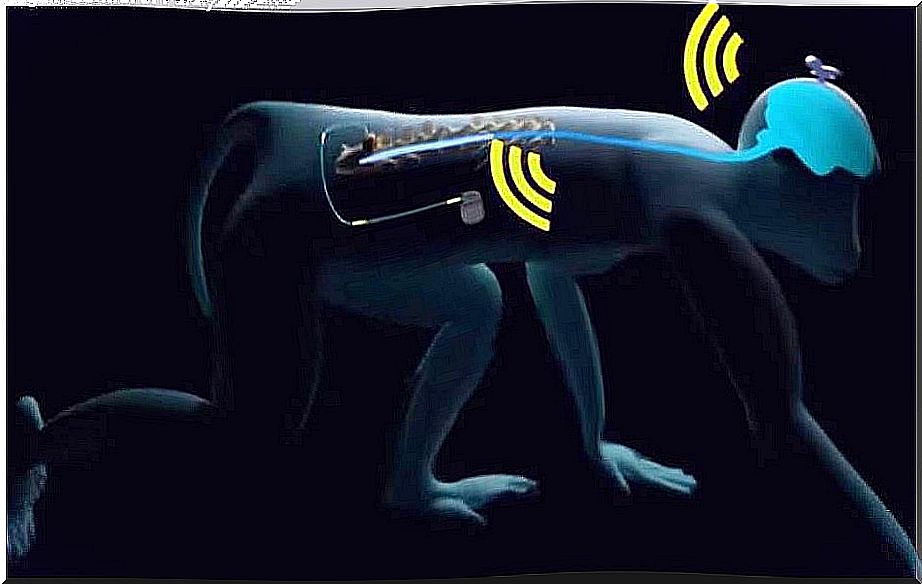
Disadvantages of chips on injury
The system can successfully transmit signals from the brain to the spinal cord. However, it does not have the ability to return sensory information to the brain. The researcher of the bioengineering group of the CSIC (Higher Council for Scientific Research) Eduardo Rocon argues:
The expert assures that there are already several groups working in this reverse process. Although it takes a long time to get some kind of result. On the other hand, there is no precise information on the impact that the implant may have in the long term, taking into account that it is placed directly in the brain. Despite this, the results with the monkeys represent an important step for future treatment of patients with paraplegia.


